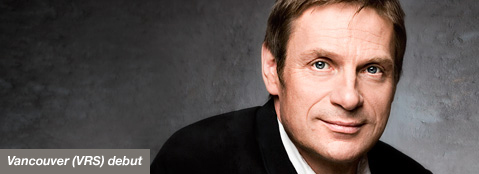Year: 2011
-
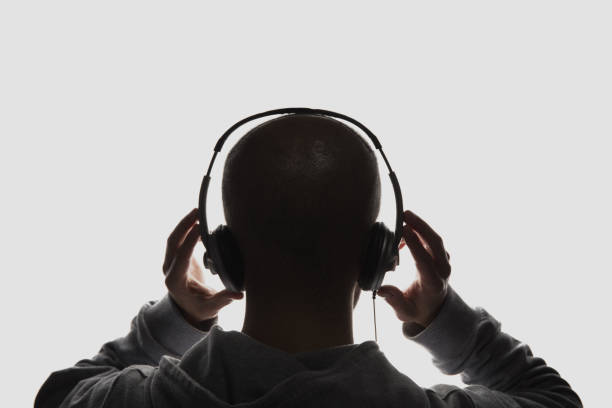
LISTENING ROOM REVEALED
Over the past few weeks we asked our readers for their favourite recordings, performers and repertoire. We received many responses. Perhaps it is not surprising that J. S. Bach ranks high with our listeners. One wrote, “I’m listening to Bach piano transcriptions performed by Dinu Lipatti, Yvonne Lefebure, Egon Petri, Solomon, Myra Hess, and Wilhelm…
-
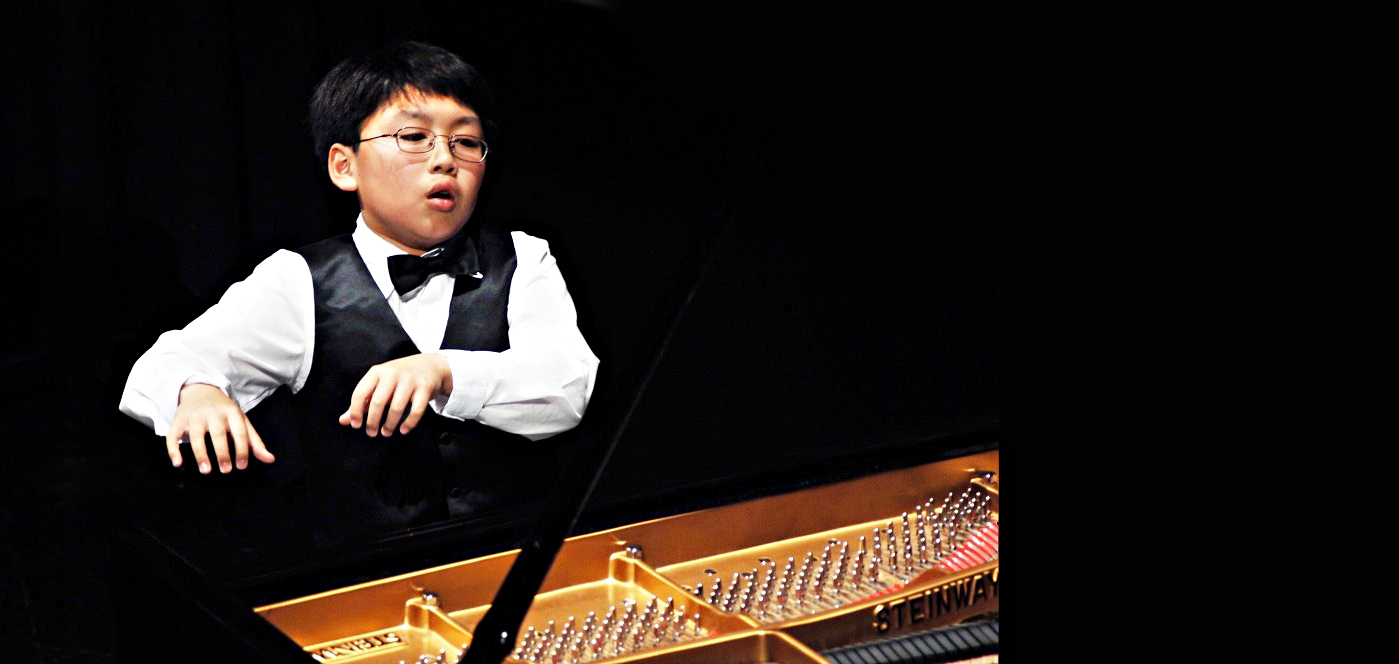
PROGRAM NOTES: GEORGE LI
George Li Program Notes Performance: Vancouver Playhouse, Sunday, December 4, 2011 Carl Czerny Variations on a Theme by Rode, Op. 33 (“La Ricordanza”) Most concertgoers know Carl Czerny only as the early nineteenth-century pedagogue who churned out endless dull exercises that continue to be inflicted upon piano students this day. True, he did compose a…
-

PARKING AT THE CHAN CENTRE
Many of our patrons have pointed out the increasing cost of using the Rose Garden Parkade adjacent to the Chan Centre. In the past, parking at UBC was underwritten by UBC Parking Services with a small charge ($1-$1.50) applied to organizations using the Chan Centre for each ticket that was sold. UBC Parking absorbing the…
-

THE REMARKABLE CAREER OF GEORGE LI
And what a career it has been for this 15 year old pianist! George Li began winning competitions at age 6 and he made is first public performance at Boston Steinway Hall at the age of nine. One of his biggest achievements came in 2010 when he performed Chopin’s Piano Concerto no. 1 with the…
-

LISTENING ROOM
One thing we all share in common is a passion for listening to music. Of course, we regularly come together to discover new talent and marvel at internationally-acclaimed artists on Vancouver’s stages. But our appetite for music does not end there. In a world where recordings have never been more readily available, we can now…
-
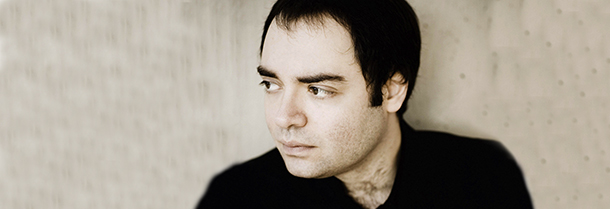
A GROWING APPRECIATION: PRELUDES AND FUGUES BY SHOSTAKOVICH
Perhaps it has been a deficiency in my musical education, but I have found it hard to warm to Shostakovich’s Preludes and Fugues. Written in 1950-51 and influenced by Bach and in a lineage of prelude collections by Chopin, Scriabin, Busoni, Debussy, and Rachmaninoff, these works have generally remained on the outskirts of the repertoire.…
-
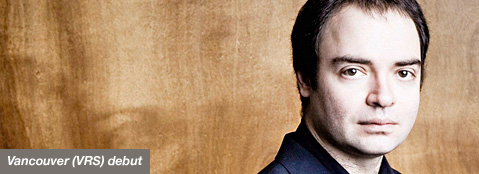
PROGRAM NOTES: SHOSTAKOVICH PRELUDES AND FUGUES
Dmitri Shostakovich: 12 Preludes and Fugues from Op. 87 Like many of the great composers before him (Bach, Handel, Mozart, Beethoven, Chopin, Liszt and Rachmaninoff, among others), Shostakovich possessed the skills of a keyboard virtuoso, and might well have sustained a successful career as such. Among his prizes was one from the First International Chopin…
-
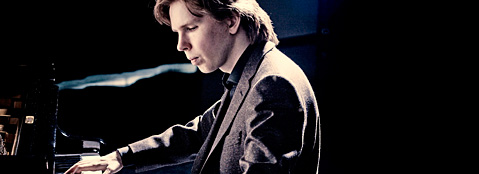
GETTING TO KNOW: JUHO POHJONEN
“I receive something valuable through music – and I hope that each listener will feel that they have too.” On his music education: “I started to play violin in a children’s music school at the age of two-and-a-half. My brother – now also a professional pianist and a composer – was already studying piano at…
-
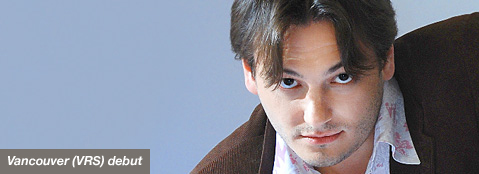
GETTING TO KNOW: MAXIM RYSANOV
“If they say the violin is a human voice, I would say the viola is the voice of the soul.” Discovery: “I studied at the boarding school, and there was a viola player in the next room. Its vibrations touched me deeply when I played it. That was how I realized that I can…


